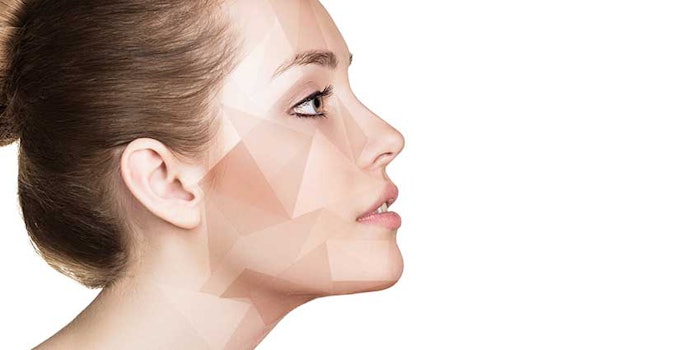
Genetic markers can help paint a picture of facial features, according to recent research published in Nature Genetics.
In the study, researchers compared a database of 3D images of faces—which had been automatically divided into small modules—with their corresponding DNA. According to researcher Seth Weinberg, this eliminated the “looking for needles in a haystack” quality of previous research on the topic, which focused on specific traits.
Researchers matched facial features with 15 locations in DNA; they believe these locations may be useful for facial reconstruction and other matters that require fundamental knowledge of the face’s shape.
Methods
To conduct the study, researchers collected a sample of 3D images of faces and their corresponding DNA (n = 2,329). Subjects had a median age of 23 years, and were of self-reported European descent.
Researchers identified 38 loci (fixed positions of genes) in the discovery sample, of which 15 were replicated in an independent European sample (n = 1,719). However, four were completely new.
Next Steps
Significantly, seven out of 15 identified genes are linked to the nose—since the nose's shape is determined by soft tissue and cartilage (and not of bone, like the rest of the face), the possibility of genetic clues as to its shape opens new doors for facial reconstruction.
Though authors note that age, environment and lifestyle affect the appearance of the face, they plan to continue research with larger sample sizes.
For more information, and to view figures of the identified loci, visit nature.com.










